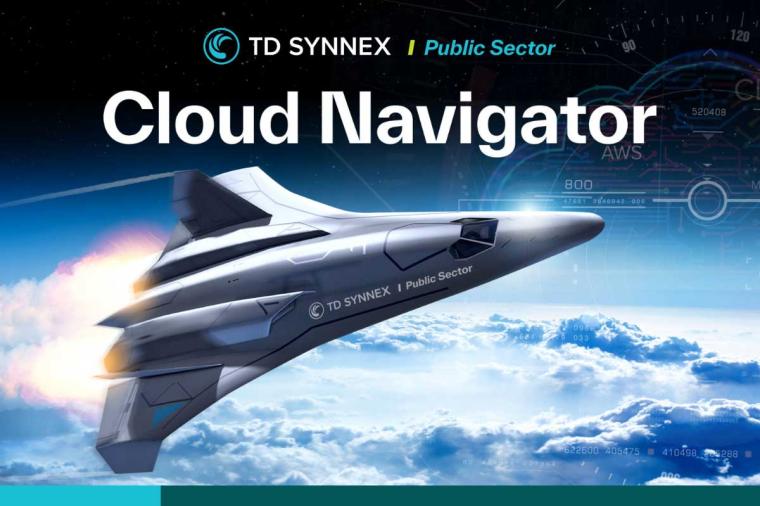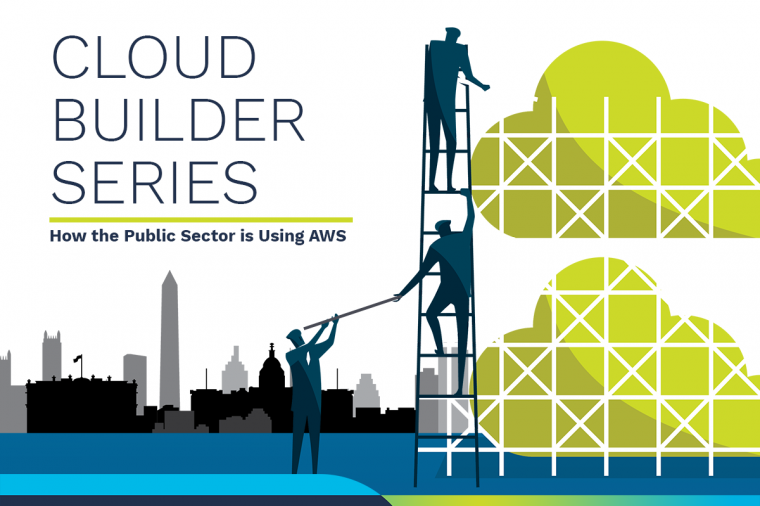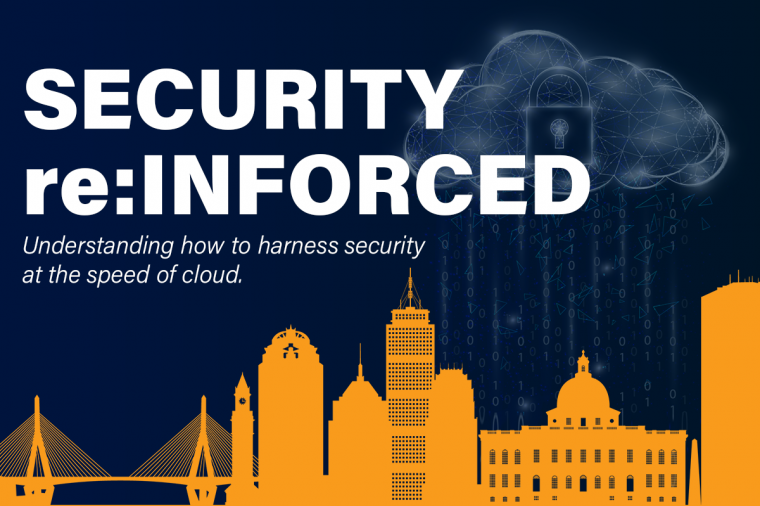Prevent “Cloud Spare”: Professional Services in the Cloud Era
Whenever I get the chance to talk with our sales divisions, I always like to weave in a statement that gets their attention. During a recent meeting to discuss Professional Services, I started by saying, “The products that you resell are worthless!” After a pause for effect, I added, “Unless the customer actually uses the product.” I now had their attention.
What made me think of this was my time in the federal government as an agency CIO. Within the first few days on the job, I was briefed on a multi-million dollar software purchase that occurred more than two years prior. This agency had been spending several hundreds of thousands of dollars a year on maintenance and the software was up for renewal again. However, the software was pure “shelfware,” still in shrink-wrap: There was no adoption.
Fast-forward to today and you cannot pick up an industry magazine without reference to, or specific focus on, the cloud. It is also interesting that not a single industry forecast disagrees with the hockey stick upward trend related to public sector cloud adoption. The promise of more, faster, and cheaper is real … but a worthless promise unless agencies are actually using the technology.
My experience tells me that much more public sector funding is going into acquiring cloud technology than is actually being consumed by users. It is the shelfware concept all over again, but in the cloud era.
Cloud Spare
Most cloud products and services are secured via a utility model in which the customer pays on a recurring, periodic basis only for the amount that is actually used. In the public sector, credit cards are not setup for ongoing operational expenses and it is very difficult to determine costs for new capabilities over an extended period of time. As such, these customers typically allocate a fund amount, but rarely consume it; it becomes stranded in the cloud.
I have one customer that setup and funded Managed Services, but they’re not using the Infrastructure-as-a-Service (IaaS) it is based on. In this case, the account transferred departments but the need did not. When the Period of Performance expires, the money will be in limbo and service dollars becomes what I call “cloud spare” – cloud products and services that are “potential-zed,” but not consumed (adopted).
What’s Missing in Cloud Adoption?
As shown in the chart above, from Deltek’s Federal Issue Report from October 2013, the next two years of cloud adoption is projected as “partial.” “Full” adoption is not expected to take place until 2018.
One of the key drivers of adoption is ease of entry. If I suggested that the cloud era is at the technology adoption curve stage, where public sector customers are at the chasm between early adopters and early majority, then Geoffrey A. Moore in “Crossing the Chasm” might suggest that understanding the whole product concept is missing. He would likely update this concept to include everything that is needed for the customer to have a compelling reason to buy.
So what’s missing? All of the technology elements are there. The utility model costs less than capital ownership. Workloads can be operationally quicker than in conventional technology development. But the majority of customers do not understand the whole product…that’s what’s missing!
The Whole Product Concept
Although not prescriptive, the whole product concept includes an understanding of not only features and functions, but distribution, delivery, installation, configuration, training, maintenance, and support.
Adoption of cloud products and services requires an understanding of the entire process and being able to support agency challenges that occur along the way. The reason for this is simple: The cloud is radically changing how agencies deliver computing capability to their business constituents. The risk and apprehension of new forces decision makers to seek a much greater level of understanding before taking action.
It’s common for a customer to buy an IaaS platform, but not fully understand how it works in contrast to on-premise virtualization or to pitch a utility support model, but not be comfortable with the hands-off approach. Our customers are gung-ho about moving to the cloud, but quickly stall without competent professional services support to train, mentor, deliver, and support. It’s our job to ensure that customers are now self-sufficient and adopting the cloud concept.
Now, more than ever, Professional Services must espouse a central theme of driving customer adoption of technology by supporting the whole product concept across the entire technology life-cycle; one vendor to help drive adoption by making it easy. This will reduce, and hopefully even eliminate, “cloud spare.”
2018 is still four years away. During this series, I’m going to explain how you can get to full cloud adoption faster. In my next installment, I will talk about specific services to consider within the whole product concept.

















































